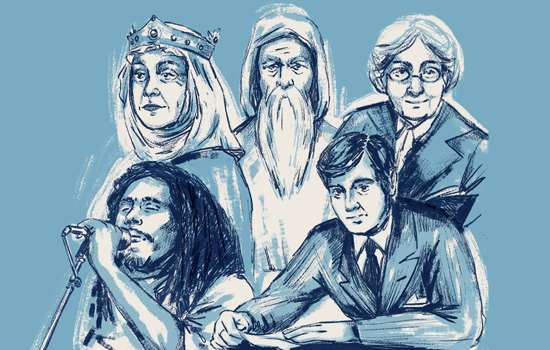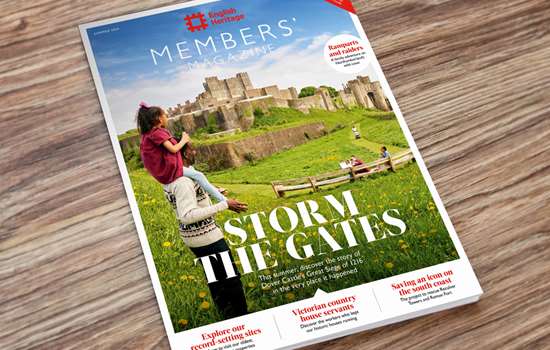Margaret Cavendish at Bolsover Castle
On the 400th anniversary of the birth of Margaret Cavendish, it’s the perfect time to discover the story of Bolsover Castle’s most fascinating individual.
Margaret Cavendish was one of the most prolific female authors of the 17th century, writing plays, poetry, essays, biography, letters and more. Her interests were wide-ranging, encompassing literature, philosophy and science, and she wrote what is now considered one of the earliest science-fiction novels, The Blazing World.
Born Margaret Lucas, near Colchester, Essex, in 1623, and given a basic education by her wealthy parents, Margaret went on to become one of the most famous women of her age. Aged 19, she moved to court and was a maid of honour to Queen Henrietta Maria, wife of Charles I. In 1644, the queen travelled to Paris to escape the violence of the Civil War, and Margaret accompanied her. While there, Margaret met and married William Cavendish, later Duke of Newcastle and owner of, among other properties, Bolsover Castle in Derbyshire. The Restoration of the monarchy in 1660 saw William and Margaret return from exile and begin the long process of rebuilding William’s estates, including Bolsover.
The breadth of Margaret’s published work reflects her determination to create a legacy, and she was one of the first women to write under her own name rather than using a pseudonym. Her most well-known work, The Blazing World, follows a young woman who is shipwrecked in a strange utopian world full of creatures such as bear-men, fox-men, bird-men and worm-men. Featuring a woman as the ruling empress, the novel is simultaneously a work of science-fiction, satire, politics, autobiography and imagination.
Margaret made headlines when, on 30 May 1667, she became the first woman to attend a meeting of the all-male Royal Society. Margaret’s visit was surrounded by excitement and drama, and people lined the streets to see her arrive. At the meeting, she viewed demonstrations by leading scientific thinkers Robert Boyle and Robert Hooke, and ‘several fine experiments were shown her of colours, loadstones, microscopes and of liquors’.
Margaret’s wide-ranging interests and perceived eccentricities later earned her the nickname ‘Mad Madge’, and the diarist Samuel Pepys described her as ‘a mad, conceited and ridiculous woman’. Despite such censure, she laid the foundations for many women writers, scientists and philosophers, and her work remains in print to this day.
Step into Margaret’s world
To plan a visit to Bolsover Castle and discover more about Margaret’s life, go to www.english-heritage.org.uk/bolsover
Words: Eleanor Matthews
Illustration: Susan Burghart


